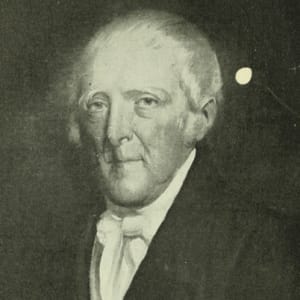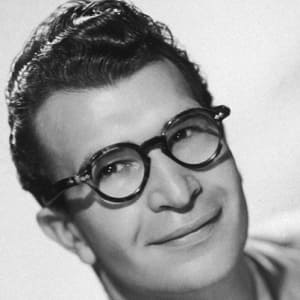
Grace Greenwood
Grace Greenwood was a 19th century poet, journalist and activist who championed many progressive causes while creating a path for women in news media.
Synopsis
Born on September 23, 1823, in Pompey, New York, Grace Greenwood became a popular poet, children's scribe and journalist who was The New York Times' first female writer. She was a staunch abolitionist and champion of women's rights, actively hitting the lecture circuit, and lived in Europe for a time. The author of many books, including a biography of Queen Victoria, Greenwood died on April 20, 1904.
Background and Early Career
Writer Grace Greenwood was born Sara Jane Clarke on September 23, 1823, in Pompey, New York. Clarke and her family eventually relocated to New Brighton, Pennsylvania, where she attended the women's school the Greenwood Institute, which may have been the inspiration for her future author alias.
She earned recognition in her early 20s for the poetry she published in publications. She became a sought-after scribe and would write under both her pseudonym and her birth name, becoming a regular contributor to some of the top papers of the day. She also became known for her children's fiction, including later stories like "Bessie Raeburn's Christmas Adventure" and "The Drummer-Boy."
Activist and Trailblazer
Greenwood was a firm believer in abolitionism. In the mid-19th century she was fired from writing for Louis A. Godey's magazine Godey's Lady's Book for expressing her antislavery beliefs in The National Era, a weekly that later published Harriet Beecher Stowe's Uncle Tom's Cabin. Progressive politics had nonetheless found another champion, as Greenwood would also come to speak on prison reform and ending the death penalty as well as Native American and women's rights.
Traveling to Europe in 1852, Greenwood became the first woman reporter to work for The New York Times, providing overseas dispatches. Then in the fall of 1853 Greenwood married Leander K. Lippincott; the couple went on to have a daughter, Annie Grace. In the same year as their wedding, Greenwood and her husband became the creators of The Little Pilgrim, heralded as the first U.S. magazine for children. It had a successful run until its publishing fortunes were altered by the Civil War.
Commended by Lincoln
During the war, Greenwood spoke regularly to Union troops and was active in raising funds for supplementary medical care services in the form of the U.S. Sanitary Commission, with President Abraham Lincoln singling out the writer for her dedication.
Greenwood, who was also an advocate of fair pay for writers, resumed work for The New York Times during the 1870s, this time writing about the American West, the Yosemite Valley and environmentalist John Muir. She also produced articles for Ladies' Home Journal and the New York Independent, among other publications.
Move to London
Greenwood's marriage ultimately dissolved due to her husband's extramarital affairs and his leaving the country to avoid a land fraud trial during the mid-1870s. She thus supported herself and her daughter on her own, with the two moving to Europe in the early 1880s and remaining there for several years.
Greenwood joined the staff of The London Journal and received praise from Queen Victoria herself for her writing on the monarch as found in the 1883 book Victoria, Queen of England (also cited as Queen Victoria: Her Girlhood and Womanhood). And back home, Greenwood's "Washington Letters," a column which had been published for decades in the Saturday Evening Post, continued to run until 1897.
Over the years, Greenwood published many books, including Greenwood Leaves (1850; a collection of her articles) as well as A Forest Tragedy, And Other Tales (1856), Stories of Many Lands (1866) and New Life in New Lands: Notes of Travel (1872).
Suffering from bronchitis, Greenwood died at her daughter's home in New Rochelle, New York, on April 20, 1904, at age 80.




